► New compact crossover from booming MG
► Rival for Duster, Quashqai and Sportage
► Developed in Longbridge, built in China
You what? An SUV with an MG badge, what’s the world coming to? It’s tricky keeping up with all these old names, all these Chinese newcomers, all these similar-looking crossover things.
When the old MG Rover collapsed in 2005, and the MG name and Longbridge site were bought by Chinese company Nanjing, little did we know just how big a part China would soon be playing in our automotive lives; nobody now bats an eyelid at Geely owning Lotus and Volvo. Nanjing was taken over by the state-owned SAIC in 2007, and in 2011 the first all-new MG was built: the MG6 – an oddity, but one that won BTCC in 2014.
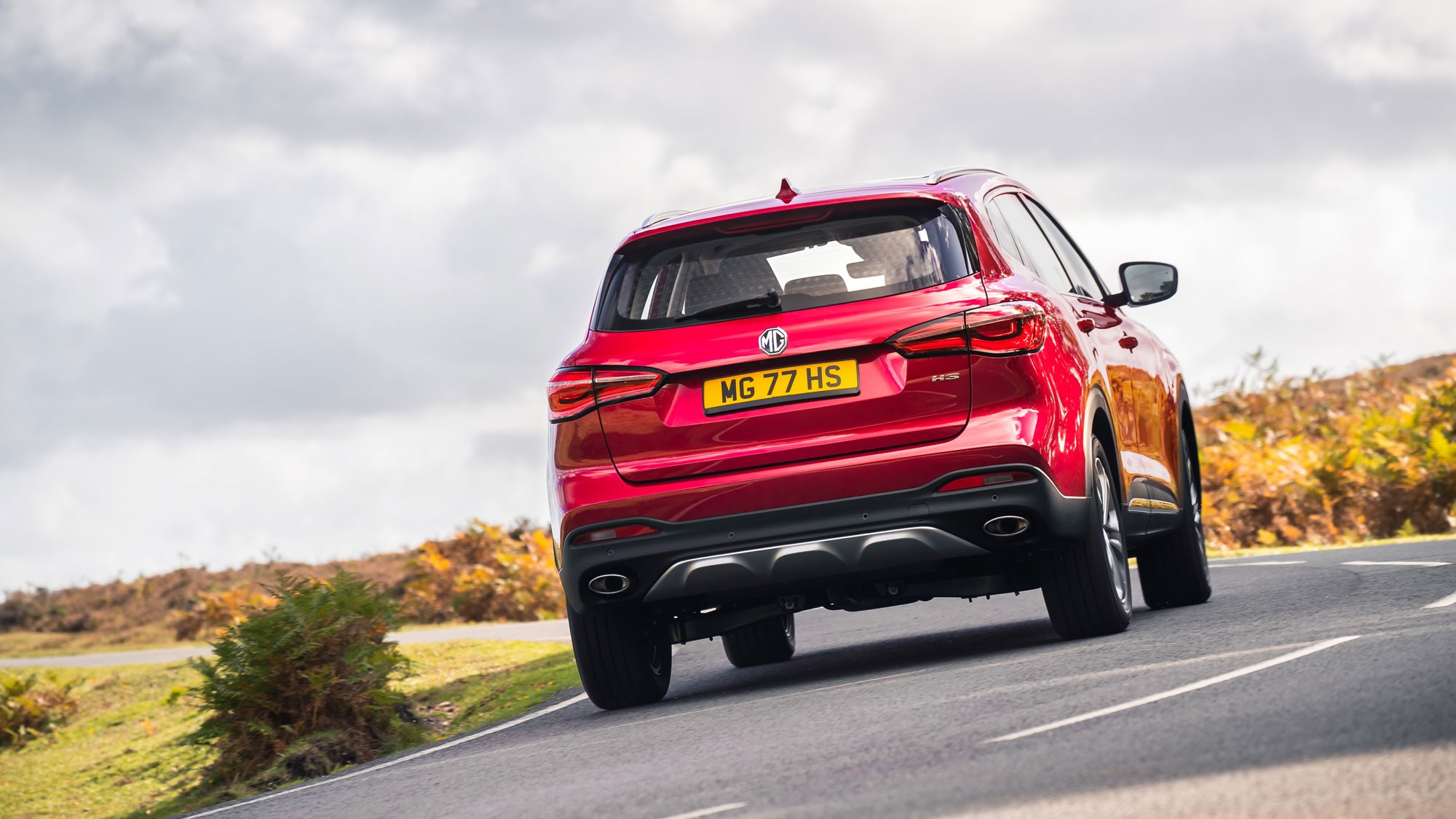
MGs are built in China, benefitting from the cost savings of being part of SAIC, but developed in Longbridge. It’s primarily a brand for right-hand-drive markets, although the HS is already on sale in left-hand-drive form in China.
MG under Chinese ownership has not gone down the retro route of Royal Enfield motorcycles under Indian ownership. Aside from the ever-growing badge on the nose, there’s nothing to connect today’s MGs with the British sports cars that made the name world-famous. The company has built its current reputation on value for money.
With the HS, it’s aiming to edge fractionally upmarket with ‘affordable quality’, which manifests itself as more soft-touch plastics for the cabins, radar and safety camera sensors fitted to the nose of every HS, and a modern touchscreen-based infotainment system as standard.
So where does this new one fit in?
The MG range in the UK is now four strong, if you count the petrol and electric ZSs as different models. The entry model is the MG 3 hatchback, revised last year and now priced from £9495, a direct rival for the Dacia Sandero. The ZS, launched two years ago – with the EV arriving in the summer of 2019 – is a direct supermini-SUV rival for the Sandero Stepway. And now the HS has boldly entered the booming but already crowded compact family crossover market, where it must compete against attractive rivals from Japan, Korea, Romania and the Czech Republic.
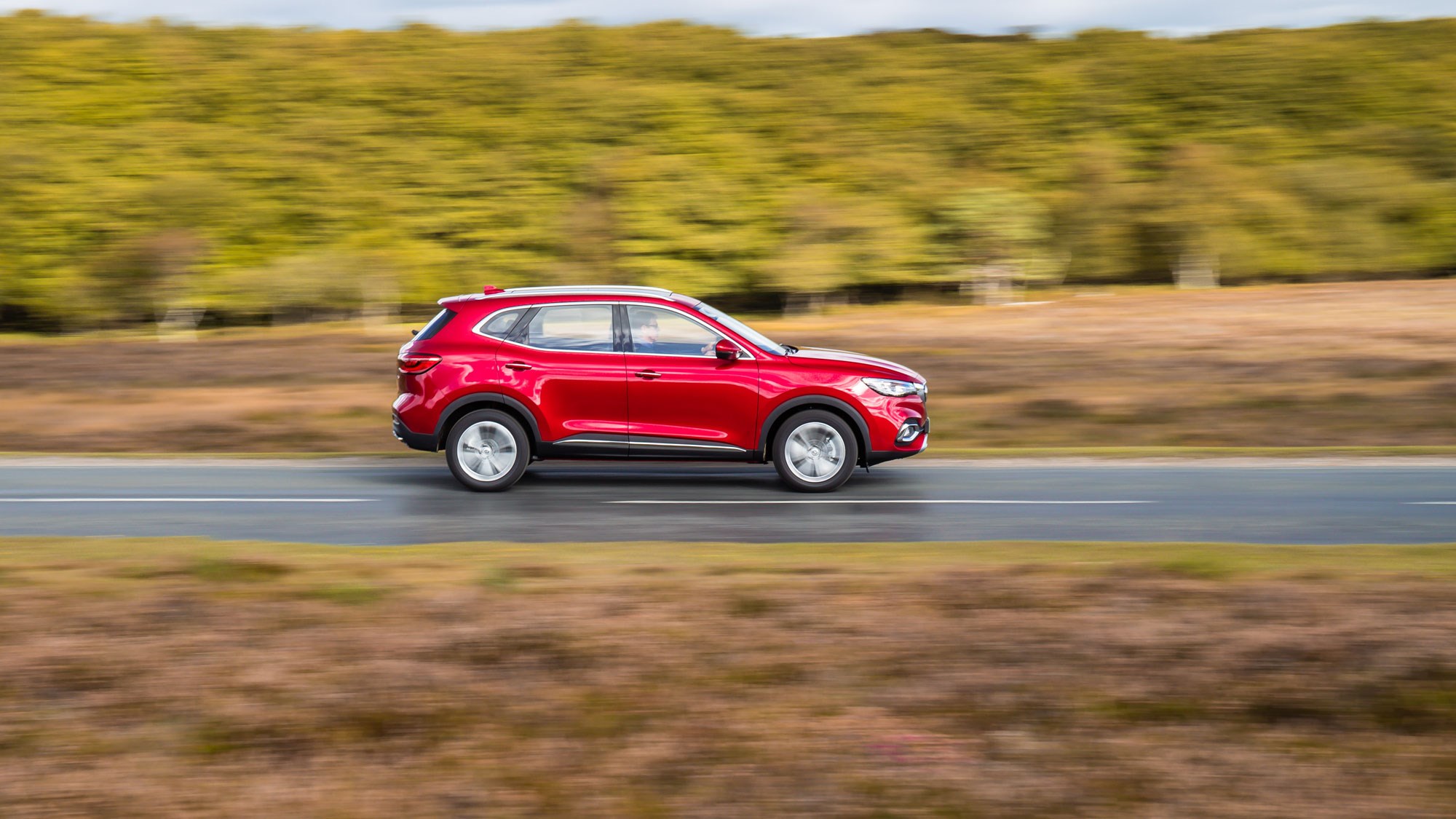
Sounds like a tall order, but MG knows what it’s doing. It is, after all, the UK’s fastest-growing car manufacturer. Hand in hand with MG’s growing sales is the expanding dealer network. There were 82 dealers at the start of 2019; by October it had reached 100; and the aim is 120 by the end of 2020. As well as an ever-improving chance of there being an MG dealer close to you, all new MGs come with a seven-year warranty.
The hardware
The shape is generic-C-segment-SUV, distinguished only by a new version of the ‘stellar field’ grille – think Lexus meets DS – and the biggest ever MG badge. At the rear, there’s a tailpipe on each side of the aluminium bash plate.
The boot is 463 litres seats up, 1454 seats down. Its capacity is limited by the false floor, which lifts to reveal a space for a spare wheel but no spare wheel, just some repair equipment. Seats up, it’s bigger than the Duster; seats down, smaller.
It’s a roomy cabin, most noticeably in the back. The central third seat is more child-sized than full adult, but legroom and headroom are excellent. The central seatback doubles as an armrest, with built-in cubby and cupholders. Rear passengers get two central air vents and USB slots, and a reading light on each side.
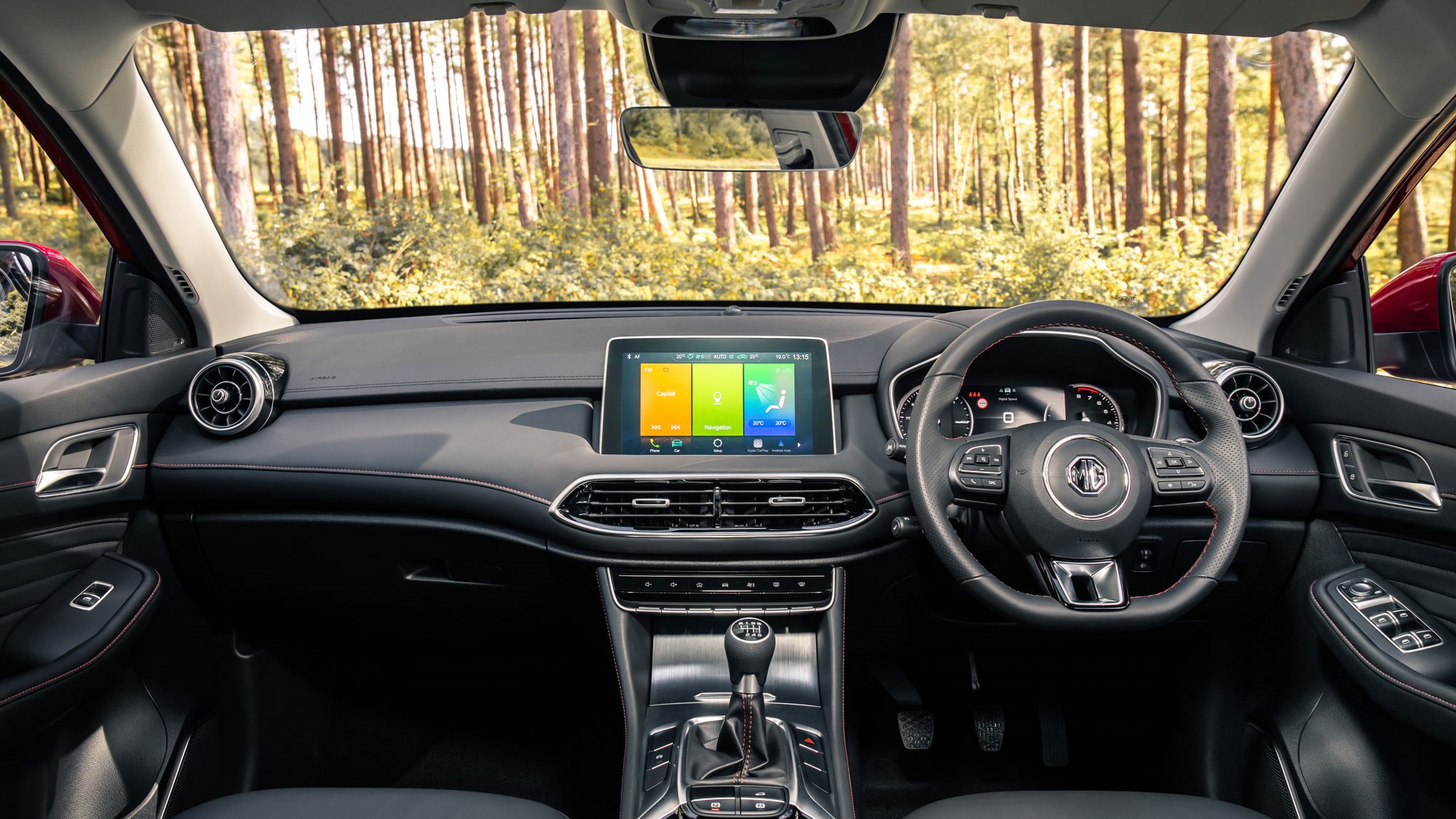
When fitted with the panoramic sunroof, the cabin feels light and airy, whether you’ve gone for the black or black and red upholstery.
Our Exclusive-spec test car lived up to the promise of soft leather and soft plastics, for the most part. The map pockets built into the front seatbacks are made of hard plastic, and don’t give much useful space. The cubby in the central rear armrest did not want to stay shut on our test car. And in the boot, the retractable luggage cover felt REALLY cheap. But overall quality felt good for the price.
What are your choices?
There are effectively five versions of the HS available from its UK launch in November. All have the same turbocharged petrol engine, with front-wheel drive, five doors and five seats. With basic Explore spec you get the manual six-speed gearbox. In Excite and Exclusive spec you can choose between the manual and a seven-speed dual-clutch automatic. On the road prices start at £17,995, rising to £20,495 (manual) and £21,995 (auto) for Excite and £22,995 (manual) and £24,495 (auto) for Exclusive.
The DCT models will cost you more in first year VED – £530 vs £210 – because of their higher CO2 output (157 rather than the manuals’ 148g/km). Insurance groups have not yet been announced. Metallic paint will add £545.
Don’t expect the all-wheel-drive version available elsewhere to come to the UK. Nor will there be a diesel. A plug-in hybrid is a possibility being considered, but the success of the electric version of the ZS points to a battery-electric version being the more likely ‘green’ HS in a couple of years.
Entry level, Explore, comes with 17-inch alloys, LED headlights, Bluetooth connectivity, Apple CarPlay/Android Auto and electric heated/folding door mirrors.
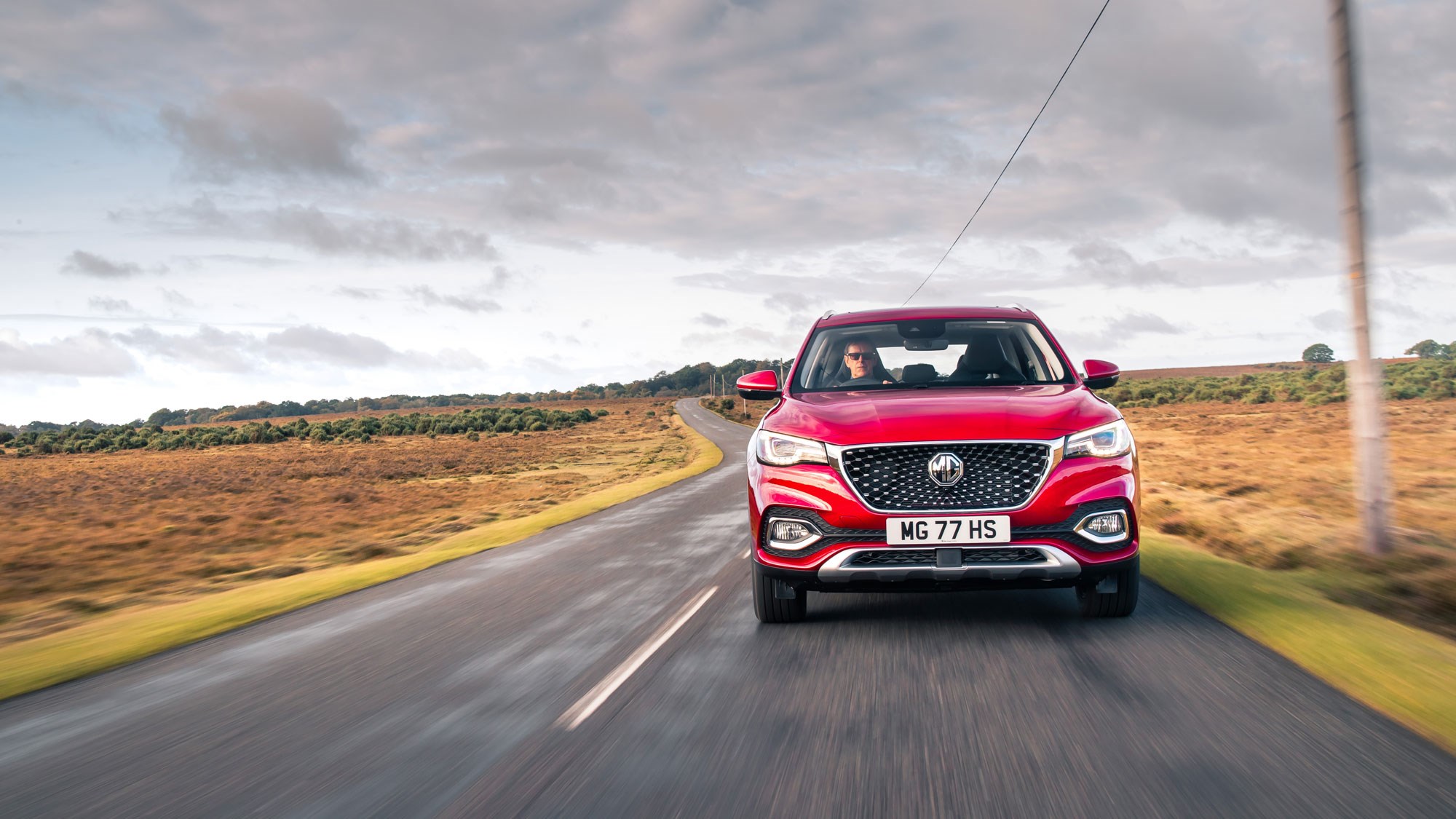
Excite has 18in wheels, a reversing camera, rain-sensing wipers and sat-nav. Exclusive has diamond-cut 18in alloys, leather interior, sequential indicators front and rear, electrically adjustable front seats and a full-length sunroof.
All versions of the HS come with MG Pilot – MG’s name for a suite of electronic safety equipment, as already seen on the ZS EV: automatic emergency braking, adaptive cruise control, lane keep assist with lane departure warning, rear cross traffic alert, blind spot detection and more. You might welcome all this as a sensible way to help you avoid embarrassing or painful shunts, or you might soon get fed up with the nannying bleeps and distracting warning lights.
On DCT-geared cars, MG Pilot also includes traffic jam assist, which can steer, brake and accelerate for you in the right conditions.
The top Exclusive spec when combined with DCT gearbox gains paddleshifters plus Eco, Normal, Sport and personalisable Custom modes, plus a red Super Sport button on the steering wheel that goes straight to Sport mode and switches the ambient lighting to red.
On the road
At its best, the HS is forgettable as a driving experience. With the impressive infotainment and comfort, passengers probably get a better experience than the driver.
The steering is light and neutral, but the only feedback it gives is a bit of juddering on poor surfaces. The ride is fine, without excessive bodyroll during cornering. The brakes are adequate for the performance.
The turbocharged four-cylinder petrol unit driving the front wheels is unremarkable. Smooth-ish when driven sedately, it’s flustered when pushed, and never quick or rewarding. A 9.9sec time to 62mph (with either gearbox) and 119mph top end are if anything flattering.
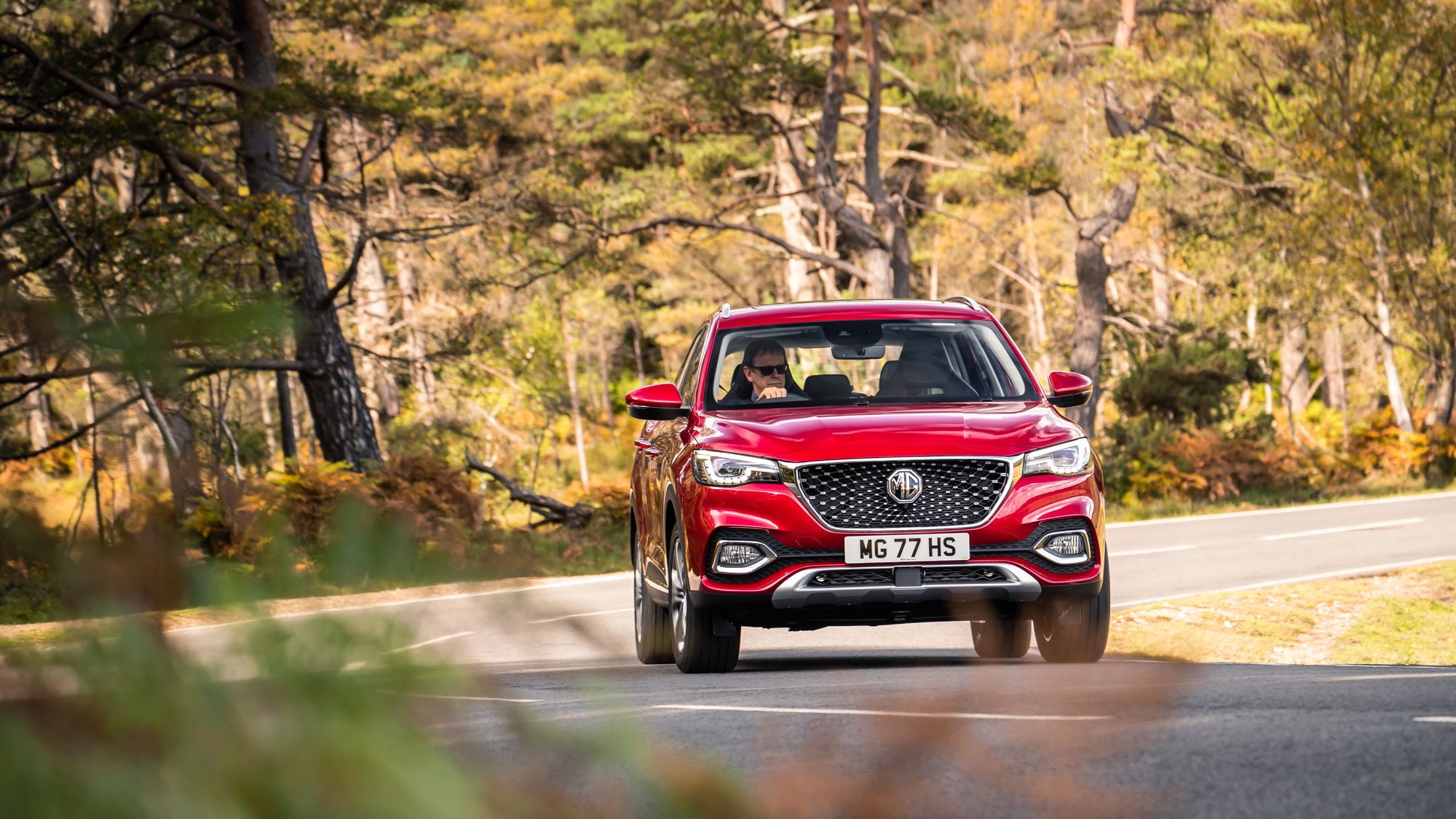
Our test car had the six-speed manual transmission, which is similarly unremarkable and unrewarding.
The engine is set up for economy. We got just under 35mpg on our test drive – not far off the WLTP combined figure of 37.2mpg. It feels gutless below 3000rpm, but makes a lot of noisy fuss if you attempt to rev your way to a quick getaway. It runs out of puff above 5000rpm; there’s nothing to be gained by aiming for the 6500rpm redline.
Where it makes a lot of sense is pottering around town – it feels easygoing and user-friendly – and cruising along on the open road, not aiming to set any PBs, just getting the job done.
MG HS: verdict
On paper, this is a great package. On the road, it’s not great but it does have a lot going for it, in terms of value and practicality. It’s certainly a significant step forward for MG, and you can imagine it selling well.
MG talks about it being a rival to the Skoda Karoq, Mazda CX-5, Nissan Qashqai and Kia Sportage. You’ve got to admire the ambition, but those cars all feel more substantial and drive better than the MG. The more relevant comparisons are with the new SsangYong Korando and the Dacia Duster.
In the case of the Korando, the current model is significantly more expensive than the MG, albeit with some serious off-road ability. But the insurmountable obstacle is the Duster. Yes, the Dacia comes with less standard electronic safety equipment; yes its cabin is significantly plainer; and yes it’s a shorter car with less rear leg room. But it’s a much better car to drive, with prices – starting below £16,000 – that look even more amazing than ever with the arrival of this interesting but unexciting new rival.
SPEC for MG HS Exclusive Manual 6 Speed